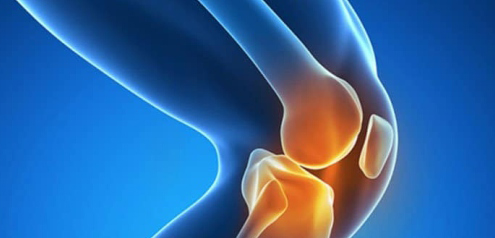
The ACL is one of the four major ligaments in the knee, connecting the thigh bone (femur) to the shin bone (tibia). It prevents excessive forward movement of the tibia and provides rotational stability. An ACL injury occurs when this ligament is overstretched or torn, often due to sudden stops, jumps, or changes in direction.
Common Causes of ACL Injuries
ACL injuries typically occur during high-impact sports or activities that involve sudden movements. According to a study published in the American Journal of Sports Medicine, about 70% of ACL injuries are non-contact, meaning they happen without direct collision. Common causes include:
-
Sports Activities – Basketball, soccer, football, skiing, and gymnastics involve rapid pivoting and jumping, increasing ACL injury risk.
-
Improper Landing Mechanics – Landing awkwardly from a jump can strain the ACL.
-
Sudden Stops or Direction Changes – Cutting movements in sports can overload the ligament.
-
Direct Impact – A blow to the knee, such as in a tackle, can tear the ACL.
-
Gender Differences – Research from the Journal of Athletic Training suggests female athletes are 2-8 times more likely to suffer ACL tears due to anatomical and hormonal factors.
Symptoms of an ACL Injury
If you suspect an ACL injury, watch for these signs:
-
A loud “pop” sound at the time of injury
-
Severe pain and inability to continue activity
-
Rapid swelling within hours
-
Knee instability or buckling
-
Limited range of motion
Diagnosis & Treatment Options
1. Diagnosis
A doctor will perform a physical exam (like the Lachman test or pivot-shift test) and may recommend imaging tests such as:
-
MRI – Confirms the extent of the tear.
-
X-ray – Rules out fractures.
2. Treatment Approaches
Non-Surgical Treatment (For Partial Tears or Low-Demand Patients)
-
Rest & Ice – Reduces swelling and pain.
-
Bracing – Provides knee stability.
-
Physical Therapy – Strengthens surrounding muscles (quadriceps, hamstrings).
Surgical Treatment (For Complete Tears or Active Individuals)
-
ACL Reconstruction – The torn ligament is replaced with a graft (often from the patellar tendon, hamstring, or a donor).
-
Rehabilitation – Post-surgery, recovery takes 6-12 months with guided physical therapy.
Prevention Tips
-
Strengthen leg muscles (especially hamstrings and glutes).
-
Practice proper landing techniques (knees bent, soft landing).
-
Wear appropriate footwear for sports.
-
Incorporate agility and balance training.
Conclusion
ACL injuries can be debilitating but are manageable with proper treatment and rehabilitation. Early diagnosis and a structured recovery plan are key to regaining full knee function. Whether through surgery or conservative methods, most individuals return to their previous activity levels with the right care.
About the author : induscare@indusjh.com
Latest videos
Join our mailing list today
Insider offers & flash sales in your inbox every week.
Curabitur non nulla sit amet nisl tempus convallis quis ac lectus dolor sit amet, consectetur adipiscing elit sed porttitor lectus.

